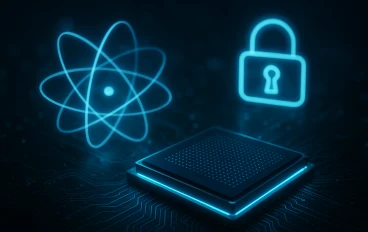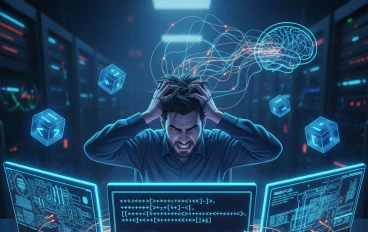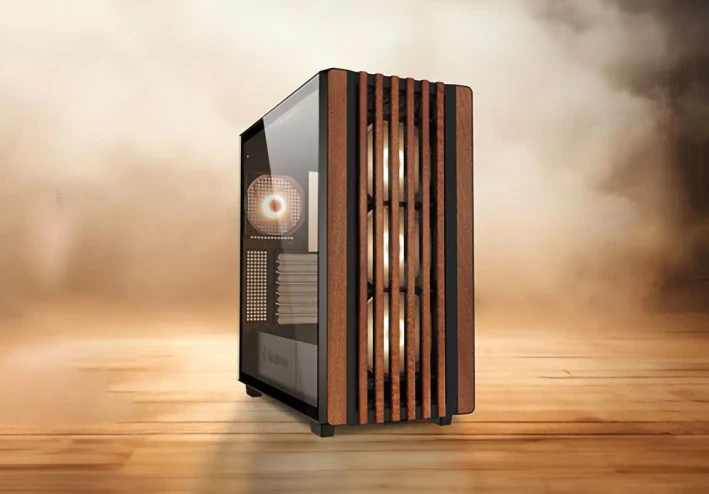
Your Step-by-Step Guide to the Perfect Gaming & Creator PC
Top PC Builds for ALL budgets
Building the perfect gaming rig or workstation can be tough. There are so many options out there. Whether you're into gaming, creating content, or just need a reliable computer, building your own PC is a smart move. It's cost-effective and rewarding.
A well-made custom PC build meets your exact needs. It balances performance and budget perfectly. In this guide, we'll show you the best PC builds for different budgets. This will help you make a smart choice.
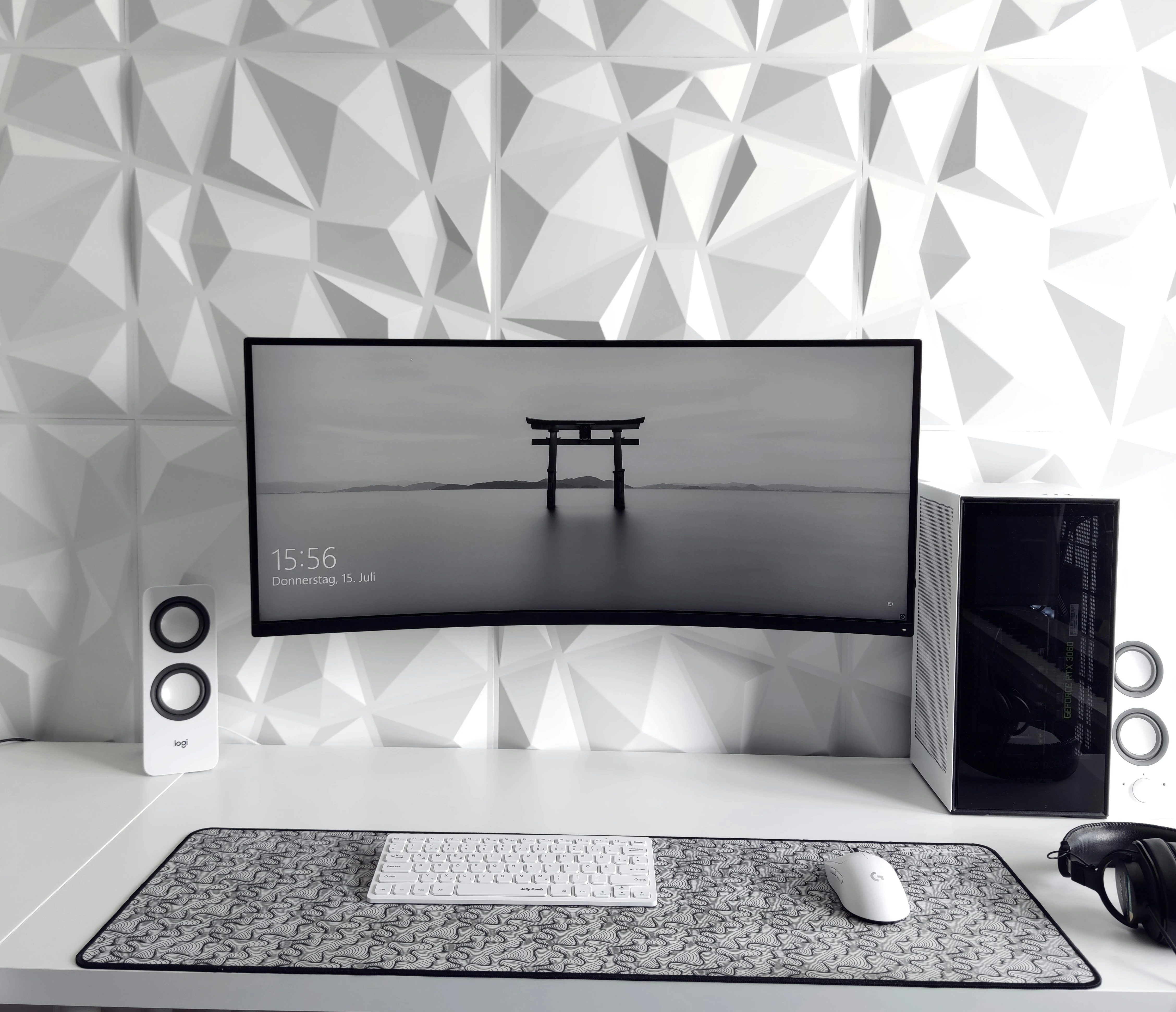
Our pc build guide helps you through the complex world of computer hardware. You'll learn how to build a powerful machine that won't break the bank.
Key Takeaways
- Learn how to create a custom PC build that meets your specific needs and budget.
- Discover the best PC builds for various budgets, from budget-friendly options to high-end gaming rigs.
- Understand the importance of balancing performance and budget when building a PC.
- Get tips on how to navigate the complex world of computer hardware.
- Make an informed decision when choosing the components for your PC build.
Understanding PC Building Fundamentals
Building a custom PC can seem tough, but knowing the basics is crucial. With the right info, you can make a PC that fits your needs perfectly. This could be for gaming, video editing, or just everyday use.
Benefits of Custom PC Builds
Custom PC builds have many perks. They offer tailored performance, cost-effectiveness, and future upgradeability. By picking each part with care, you can make sure your PC does exactly what you need. And you won't spend too much on things you don't need.
Essential Components Explained
Any PC build needs a few key parts. These are processors, motherboards, graphics cards, memory, storage, and power supplies. Each part is important for your PC's performance and how well it works.
Processors and Motherboards
The processor (CPU) does the math, and the motherboard connects everything. Picking the right CPU and motherboard is key for a good, working system.
Graphics Cards and Memory
A graphics card (GPU) is key for games and graphics work. Having enough memory (RAM) lets you run lots of apps at once without trouble.
Storage and Power Supplies
Storage devices (HDD or SSD) keep your files and OS. A power supply unit (PSU) powers everything. Choosing the right storage and PSU is important for your system's reliability and how well it works.
Required Tools and Workspace Setup
Before you start, make sure you have the right tools like screwdrivers and cable ties. Also, set up a clean, organized workspace. Good prep makes building easier and helps avoid damaging your parts.
Planning Your Perfect PC Build
Building the perfect PC needs careful planning. You must think about what you need it for. This could be for gaming, work, or both.
Identifying Your Computing Needs
First, decide how you'll use your PC. Will it be for gaming, work, or both?
Gaming Requirements
If gaming is your goal, think about the games you play. Look at their system needs. For a budget gaming pc, find a balance between cost and performance.
Productivity Workloads
For work, consider the software you'll use. Video editing needs more power than just office work.
Establishing Your Budget Constraints
After knowing your needs, set a budget. Decide how much you can spend on your PC.
Balancing Current Needs and Future Expansion
Think about future upgrades too. A good PC build should make upgrades easy.
https://www.youtube.com/watch?v=4Ox7d6LVWcQ
| Component | Budget Option | Mid-Range Option | High-End Option |
|---|---|---|---|
| CPU | AMD Ryzen 3 | AMD Ryzen 5 | AMD Ryzen 9 |
| GPU | NVIDIA GTX 1650 | NVIDIA RTX 3060 | NVIDIA RTX 3080 |
| RAM | 8GB DDR4 | 16GB DDR4 | 32GB DDR4 |
By thinking about your needs, budget, and future, you can build a PC that's perfect for you.
Budget-Friendly PC Builds Under $500
Building a PC for under $500 is possible with the right parts. You can make a computer that works well without spending a lot.
Optimal Component Selection
Choosing the right parts is key for a budget PC. You need to find a balance between cost and performance. Here are some tips:
- CPU: Pick processors that are efficient and powerful.
- Motherboard: Make sure it fits your CPU and has the features you need.
- Graphics: Integrated graphics are okay, but a dedicated GPU is better for gaming.
CPU and Motherboard Combinations
For a budget build, consider AMD Ryzen 3 or Intel Core i3 processors. Choose a motherboard that works with your CPU and has USB 3.2 Gen 1 or SATA 6Gb/s.
Recommended Combination: AMD Ryzen 3 3200G with a B450 chipset motherboard. This combo has Vega graphics and is great for budget gaming builds.
Graphics Options for Limited Budgets
For gaming PCs under $500, look at NVIDIA GeForce GTX 1650 Super or AMD Radeon RX 5500 XT. These GPUs are good for 1080p gaming.

Assembly Instructions for Entry-Level Builds
Assembling your PC involves several steps:
- Unpack and prepare all components.
- Install the CPU and motherboard stand-offs.
- Mount the motherboard and connect front panel headers.
- Install RAM, GPU, and storage devices.
- Connect power cables and fans.
Tip: Ground yourself to prevent static electricity damage to components.
What Performance to Expect at This Price Point
A PC built under $500 can handle:
- General office work and web browsing.
- 1080p gaming at medium to high settings.
- Entry-level video editing and content creation.
Performance will vary based on the specific components chosen. By focusing on the right components and following proper assembly techniques, you can achieve a solid budget PC build that meets your computing needs.
Mid-Range PC Builds Under $1000 for 2025
Building a mid-range gaming PC for under $1000 is now easier in 2025. This budget lets you pick components that balance cost and performance well.
Best Value Components at This Price Range
Choosing the right parts is key for a mid-range PC. Look for where quality meets price.
CPU and GPU Sweet Spots
For a build under $1000, consider AMD's Ryzen 5 or Intel's Core i5. They offer great processing. For graphics, NVIDIA's GeForce GTX 1660 Super or AMD's Radeon RX 5600 XT are top choices. They handle 1080p and 1440p gaming well.
Memory and Storage Recommendations
Start with 16GB DDR4 RAM for multitasking and gaming. A 512GB NVMe SSD and 1TB hard drive offer fast loading and plenty of space.
https://www.youtube.com/watch?v=1RJ5QbypM38
Step-by-Step Assembly Process
Building your PC involves several steps. First, make sure your area is free from static. Then, follow these steps:
- Install the CPU and cooler on the motherboard.
- Add the RAM and ensure it's securely seated.
- Install the storage drives and connect them to the motherboard.
- Install the GPU into the PCIe slot.
- Connect the front panel headers and any fans to the motherboard.
- Finally, connect your power supply to all components.
1080p and 1440p Gaming Capabilities
A mid-range PC under $1000 handles 1080p gaming smoothly. At 1440p, you might need to tweak settings, but many games still run well.
In summary, a mid-range PC under $1000 in 2025 is a great choice. It offers good performance and value for gamers and productivity users.
High-Performance PC Builds Under $1500
Getting a top-notch gaming PC doesn't have to cost a lot. You can get a great gaming PC for under $1500. This price lets you pick the best parts for playing modern games smoothly.
Premium Component Selection Strategy
Choosing the right parts is key for a top gaming PC. The CPU and graphics card are the most important.
High-End CPU Options
For a top PC under $1500, look at CPUs like the AMD Ryzen 9 5900X or Intel Core i9-11900K. These CPUs have lots of cores and high speeds. They make games run smoothly and help with other tasks too.
Powerful Graphics Card Choices
A strong graphics card is vital for playing games at high resolutions and fast frame rates. Cards like the NVIDIA GeForce RTX 3070 or AMD Radeon RX 6800 XT are great for 1440p and 4K gaming.
Key Considerations:
- Make sure the CPU and GPU work well with your motherboard.
- Choose a power supply unit (PSU) that can handle your components' power needs.
Advanced Assembly Techniques
Building a high-performance PC needs careful planning and doing. Good cable management and cooling are key for top performance and a long life.
"A well-assembled PC is not just about looks; it's about keeping components cool and ensuring good airflow."
Performance Expectations for Modern Games
With a high-performance PC under $1500, you can play modern games at high settings. Games like Cyberpunk 2077 and Call of Duty: Modern Warfare run well at 1080p and 1440p with high or ultra settings.
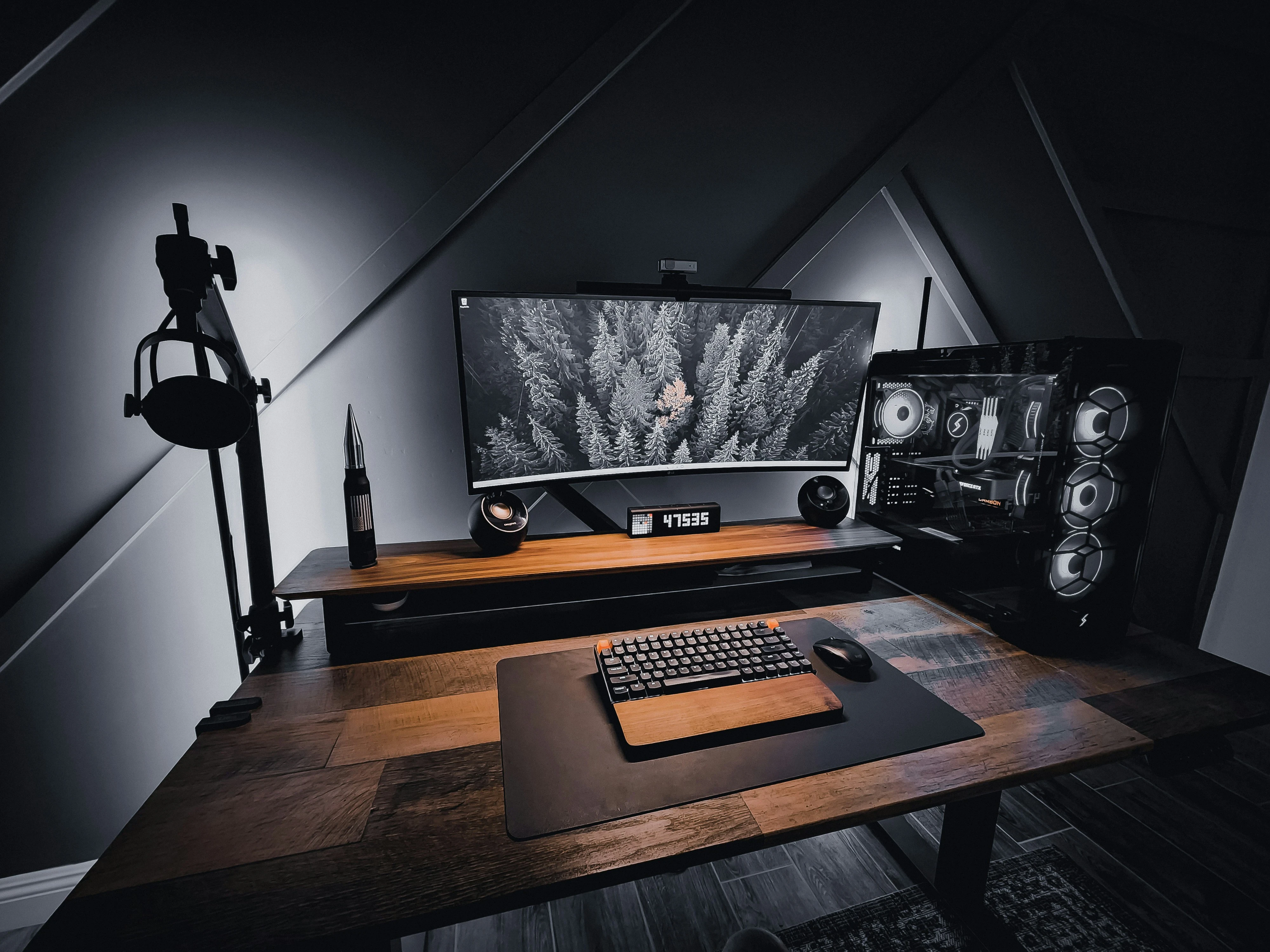
By picking the best parts and assembling them well, a high-performance gaming PC under $1500 is a great choice. It offers a fantastic gaming experience without breaking the bank.
Ultimate Enthusiast PC Builds Above $2000
High-end PC builds over $2000 are for true enthusiasts. They're not just about speed. They handle demanding tasks like 4K gaming and video editing.
Top-Tier Component Recommendations
To build a top PC, you need the best parts. This includes:
Flagship CPUs and GPUs
For the best performance, pick CPUs like AMD's Ryzen 9 7950X or Intel's Core i9-13900K. Pair them with GPUs like NVIDIA's GeForce RTX 4090 or AMD's Radeon RX 7900 XTX. These will power your 4K gaming and video editing.
Premium Cooling Solutions
Great power means great heat. Use premium cooling like custom liquid loops or high-end air coolers. They keep your system cool, even when it's working hard.
| Component | Model | Performance Highlights |
|---|---|---|
| CPU | AMD Ryzen 9 7950X | 16 cores, 32 threads, up to 5.7 GHz boost clock |
| GPU | NVIDIA GeForce RTX 4090 | 24 GB GDDR6X, up to 2.52 GHz boost clock |
| RAM | Corsair Vengeance LPX 64GB | DDR5, 6400 MHz, C32 |
Assembly Challenges and Solutions
Building a high-end PC has its hurdles, like cable mess and cooling. Plan well, use cable ties, and ensure good airflow. This makes your build easier.
https://www.youtube.com/watch?v=wYsNPTtLQP8
4K Gaming and Professional Workload Performance
A PC over $2000 offers amazing performance for 4K gaming and work. You'll get smooth gaming and faster video editing and 3D rendering.
In summary, a PC over $2000 is a dream machine for enthusiasts. With the right parts and planning, you get top-notch gaming and work performance.
Specialized PC Builds for Specific Use Cases
Users with unique computing needs can find tailored solutions in specialized PC builds. These PCs are designed to boost performance and efficiency. It's important to understand each user's specific needs to build the right PC.
Streaming and Content Creation Configurations
For streamers and content creators, a PC that handles video processing well is key. It should also multitask smoothly. A budget streaming PC build is a great choice, balancing cost and performance.
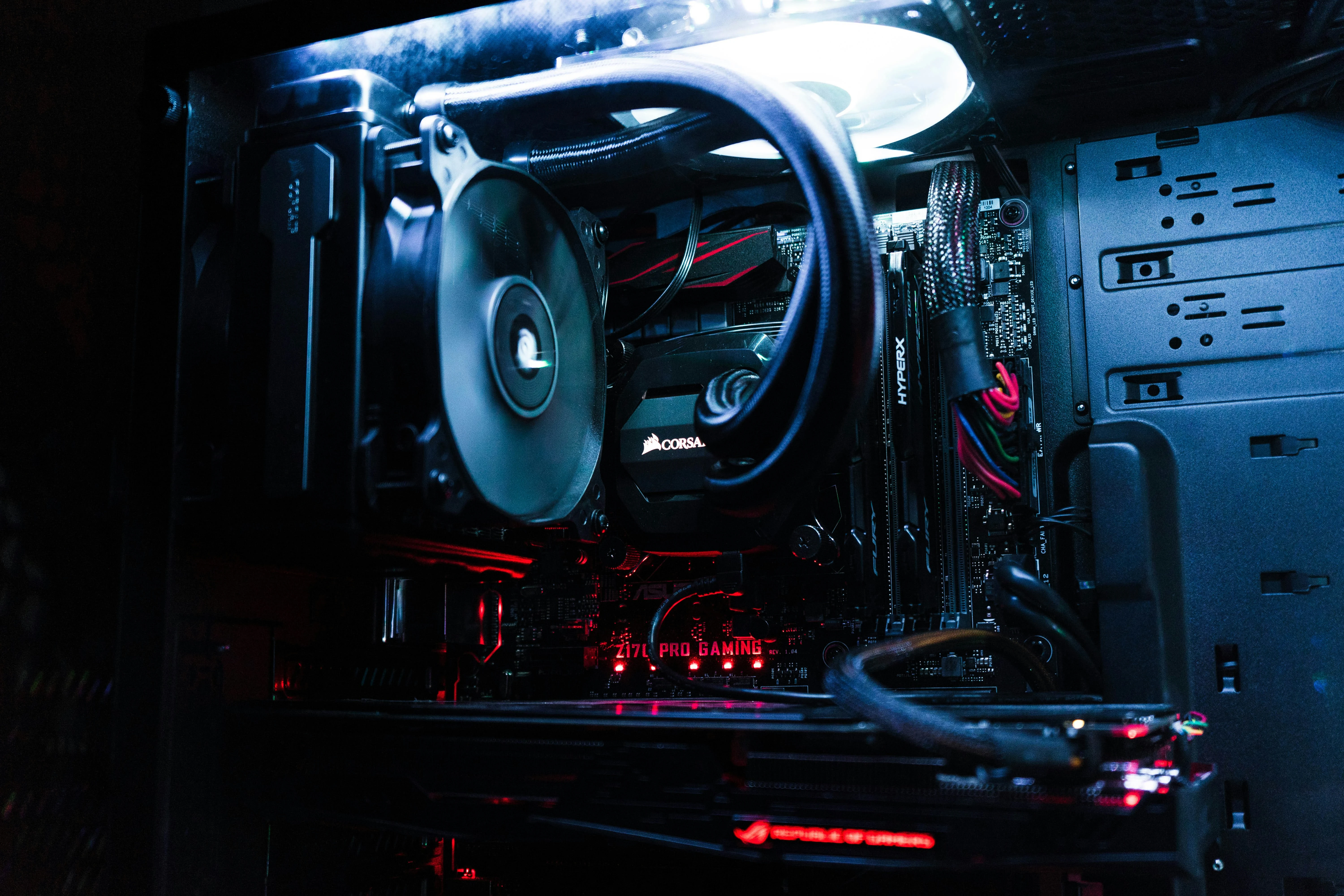
Compact Small Form Factor Builds
Compact small form factor builds are perfect for those with limited space. They need careful component selection for compatibility and cooling. These PCs are great for small spaces like home theaters or offices.
Professional Workstation Setups
Professional workstations handle tough tasks like video editing and 3D rendering. They require top-notch components for complex workloads.
Video Editing Optimizations
For video editing, video editing optimizations are essential. Choose a CPU with many cores and use fast storage like NVMe SSDs. Make sure the GPU can handle demanding video editing software.
3D Rendering Considerations
In 3D rendering, focus on CPU performance and multi-threading. High-end CPUs with lots of cores and threads can cut down rendering times.
Essential PC Building Tips and Best Practices
A well-built PC starts with understanding cable management and airflow. It's all about paying attention to detail. This ensures a smooth and efficient build process.
Effective Cable Management Techniques
Proper cable management keeps your build clean and organized. It means routing cables behind the motherboard tray and using cable ties. This improves airflow and makes upgrades easier.
Optimal Airflow Configuration
Keeping components cool is key. This is done by ensuring good ventilation in the case. Use fans to circulate air and set up airflow to draw in cool air and push out hot air.
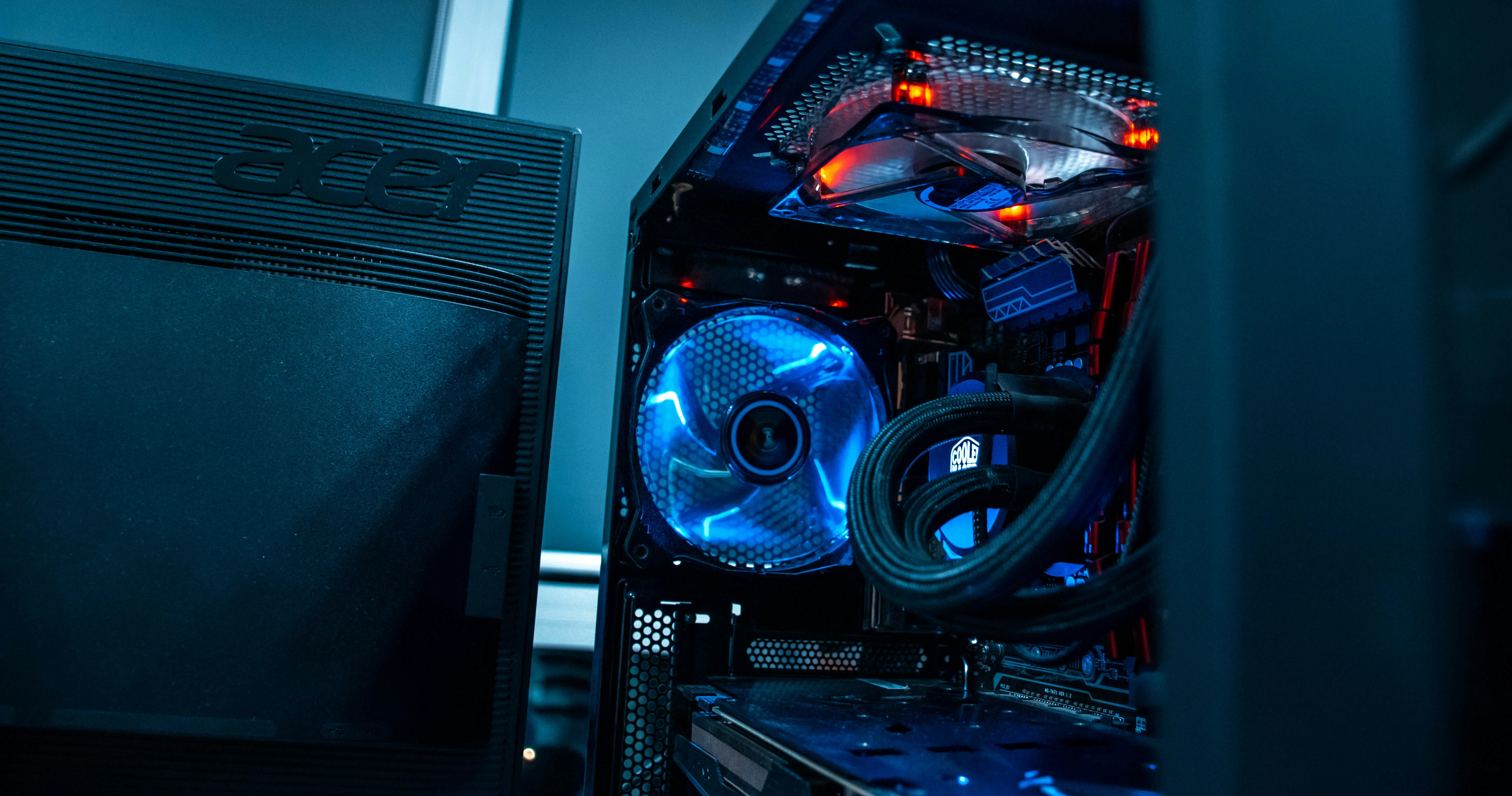
Common Building Pitfalls to Avoid
Building a PC can lead to mistakes that damage components or cause system instability. Two big mistakes are static electricity damage and incorrect component installation.
Static Electricity Precautions
Static electricity can harm sensitive components. To prevent this, ground yourself by touching a metal object or wear an anti-static wrist strap during the build.
Component Installation Errors
Installing components wrong can cause system failure or damage. Make sure to install components like the CPU and RAM correctly for a successful build.
| Best Practice | Benefit |
|---|---|
| Effective Cable Management | Improved Airflow, Easier Upgrades |
| Optimal Airflow Configuration | Reduced Component Temperatures |
| Static Electricity Precautions | Component Protection |
By following these essential PC building tips and best practices, builders can ensure a successful and stress-free build experience.
Post-Build Setup and Optimization
Building your PC is just the start. You also need to set up the BIOS, install an operating system, and update drivers for the best performance.
BIOS Configuration Guide
Configuring your BIOS is key. Press the right key during boot-up (like Del, F2, or F12) to enter the BIOS setup. Go to settings for XMP RAM, set the boot order, and adjust fan settings if needed.
Operating System Installation Steps
Put in your installation media and start following the on-screen steps. Pick the right language, time zone, and partition your drive correctly. Make sure you're online to get the latest updates.
Essential Software and Driver Updates
After installing your OS, update all drivers to the latest versions. Use the device manager to find and update old drivers. Also, install important software like antivirus and productivity tools.
Monitoring Tools
Use tools like HWiNFO or CPU-Z to watch your system's temperatures, voltages, and performance.
Performance Optimization Utilities
For better performance, use MSI Afterburner for GPU tuning and Intel Extreme Tuning Utility for CPU tweaks. But be careful and watch your system's stability when adjusting settings.
| Tool | Purpose | Platform |
|---|---|---|
| HWiNFO | System Monitoring | Windows |
| CPU-Z | CPU and RAM Information | Windows, Android |
| MSI Afterburner | GPU Tuning | Windows |
Strategic PC Builds Upgrade Paths
To keep your computer running well, planning upgrade paths is key. Upgrading your PC is more than just swapping parts. It's about boosting performance while keeping costs down.
Component Upgrade Priority Guide
Focus on upgrading parts that give the biggest performance jump. Usually, upgrading your GPU and RAM makes the biggest difference.
Cost-Effective Enhancement Strategies
Here are ways to upgrade your PC without breaking the bank:
- Upgrade your GPU for better gaming.
- Add more RAM for smoother multitasking.
- Switch to faster SSD storage.
Compatibility Considerations for Future Upgrades
It's important to make sure new parts work with what you already have. Here's a table to help with compatibility:
| Component | Compatibility Factor | Consideration |
|---|---|---|
| GPU | PCIe slot compatibility | Make sure your motherboard has a PCIe slot. |
| RAM | RAM type (DDR4, DDR5) | Choose RAM that matches your motherboard's type. |
| Storage | Interface (SATA, PCIe, NVMe) | Pick storage that fits your motherboard's interfaces. |
Conclusion
This detailed pc build guide has prepared you to make your perfect custom PC. It doesn't matter if you want a gaming PC or a work machine. The most important thing is to plan well and choose the right parts.
Think about what you need from your PC, how much you can spend, and if you might need to upgrade later. This way, you can pick the best components for your needs. The advice in this guide will make building your PC easier.
Now, it's time to start building your dream PC. With the right parts and a little patience, you'll soon be enjoying your new custom PC.
FAQ
What is the best PC build for gaming under $1000?
For a gaming PC under $1000, pick a mid-range CPU like AMD Ryzen 5 or Intel Core i5. Add a NVIDIA GeForce GTX 1660 Super or AMD Radeon RX 5600 XT graphics card. Don't forget 16 GB of DDR4 RAM and a 512 GB NVMe SSD.
How do I choose the right components for my custom PC build?
First, figure out what you need your PC for. Then, set a budget and look for parts that fit. Think about CPU and GPU power, RAM, storage, and power supply.
What are the benefits of building my own PC instead of buying a pre-built one?
Building your own PC lets you tailor it to your needs and budget. It's also cheaper and easier to upgrade later.
How do I ensure proper airflow and cooling in my PC build?
Use a case with good airflow and install fans. A liquid cooling system is great for high-performance parts. Keep cables tidy to improve airflow too.
What are the best PC builds for video editing and 3D rendering?
For video editing and 3D rendering, choose a high-performance CPU like AMD Ryzen 9 or Intel Core i9. Add 32 GB or more of RAM, a NVIDIA GeForce RTX 3070 or AMD Radeon RX 6800 XT graphics card, and a fast NVMe SSD.
Can I build a 4K gaming PC on a budget?
Yes, you can build a 4K gaming PC on a budget. Pick a mid-range CPU, a NVIDIA GeForce RTX 3060 or AMD Radeon RX 6700 XT graphics card, 16 GB of RAM, and a fast NVMe SSD.
How do I optimize my PC build for streaming and content creation?
For streaming and content creation, choose a high-performance CPU and a dedicated graphics card. Add 16 GB or more of RAM and a fast NVMe SSD. Consider a high-quality capture card and streaming software too.
What are the most common mistakes to avoid when building a PC?
Avoid improper grounding, incorrect component installation, and inadequate cooling. Follow safety precautions, read manuals, and plan your build carefully.
How often should I upgrade my PC build?
Upgrade your PC every 2-3 years to keep up with new technology. This ensures you have the latest hardware and performance.
Can I build a PC with a small form factor?
Yes, you can build a small PC using a compact case and mini-ITX motherboards. This is perfect for tight spaces like living rooms or offices.




























